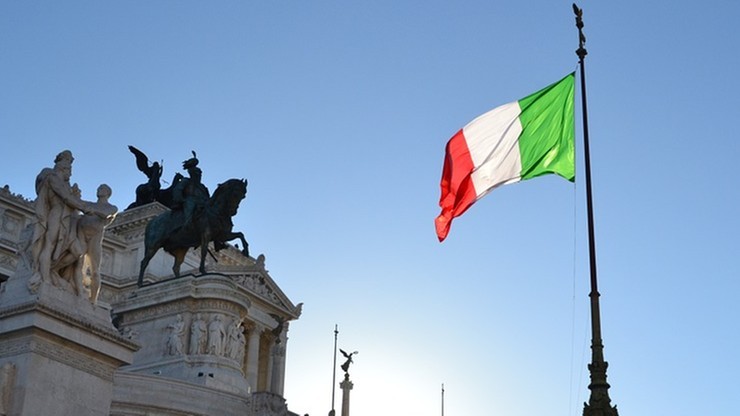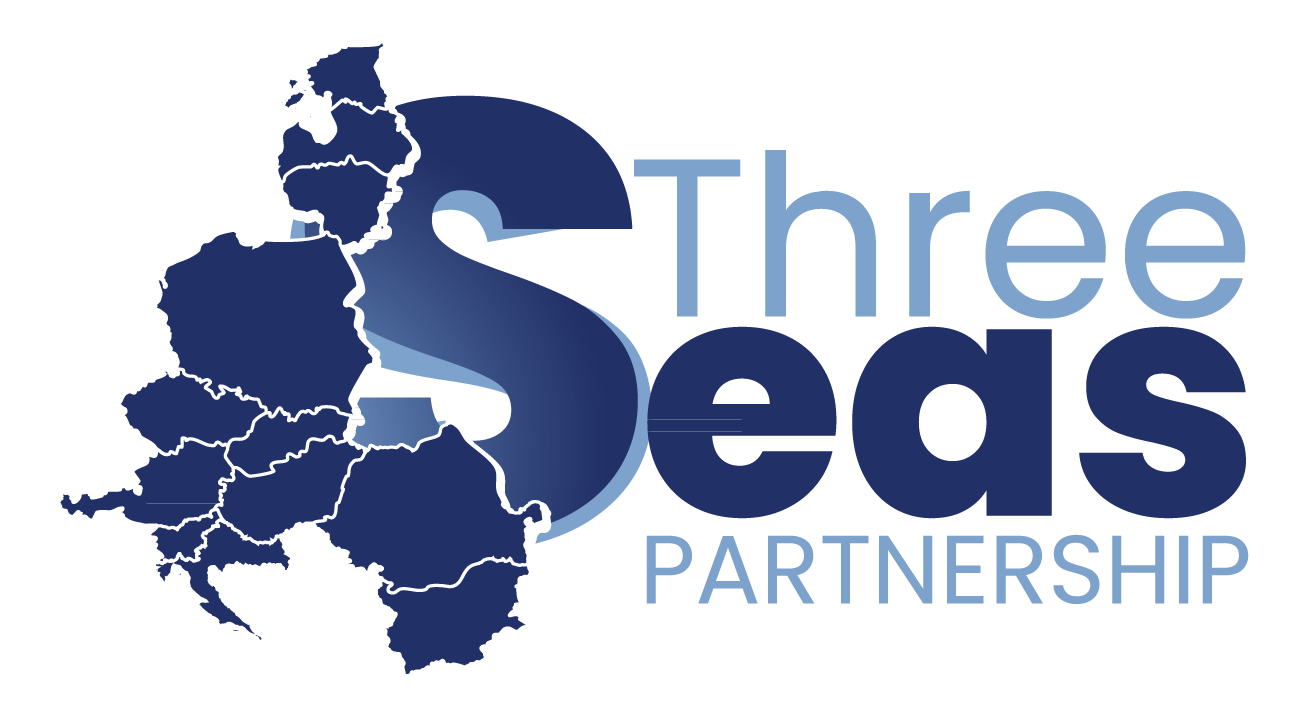What is Italy’s interest and involvement in the Three Seas region?

Photo: Pixabay.com
The Three Seas Initiative focuses its activities on the Central and Eastern European region, however the projects proposed may include the participation of not only the 13 members of the Initiative. Often other European countries are involved and can benefit from activities promoted by the Three Seas Initiative. Italy is one of those countries that, although not part of the initiative, has shown interest and support, picturing the economic opportunities and the benefits of investing in transport and energy infrastructure in the Eastern European region.
Italy’s interest in the Three Seas Initiative has multiple justifications, first of all the economic opportunities deriving from investment in infrastructure and regional interconnection that will facilitate market access for Italian business thus enhancing import and export. Secondly, a key factor for Italy is energy diversification as it is important to reduce reliance on Russian gas. Therefore, the energy projects of the Three Seas Initiative, for example on developing LNG infrastructure for instance, are very appealing. Lastly, Central and Eastern Europe and the Three Seas Initiative have gained a more prominent role in the geopolitical context, thanks to the growth of markets but especially after the aggression of Russia on Ukraine, as Italy wants to strengthen its influence in the region.
Italy is already an important trading partner of several Eastern European countries which are members of the Three Seas Initiative. Poland and Italy have been close trading partners for decades, the volume of trade between the two countries is increasing year by year. In 2018, Italy was Poland’s fifth largest trading partner for worldwide sales (third in the EU after Germany and the Czech Republic). Italy remains in fifth place among the exporting countries in Poland, while with regard to imports it ranks 4th. Hungary is another crucial market for Italy, but also with Romania or Czech Republic, Italy shares deep economic relationships, importing machinery, vehicles, electronics, food products and textiles. Italy also borders the Adriatic Sea that is one of the seas interconnected by the Three Seas Initiative. The former is an important resource as it is useful for freight transport, tourism and marine renewable energy production. In fact Italy and Croatia are developing a program on interregional cooperation focused on the “Blue Economy”, that aims to exploit marine, fisheries and coastal resources in an environmentally friendly way, promoting economic growth based on sustainability.
Furthermore, Italy, even if not a member of the Initiative, is still a partner in some of the projects. The “Baltic – Adriatic TEN-T Core Network Corridor” project, proposed by Poland, sees Italy’s participation along with Austria, Czechia, Slovakia and Slovenia. The objective is to implement the Baltic-Adriatic axis, creating new traffic flows for freight and passengers and improving Baltic and Adriatic ports that are the starting and ending points of the route.
Italy also participates in some projects regarding the energy sector, the “HU-SI gas interconnector” and the “HUSIIT” (Hungary-Slovenia-Italy natural gas corridor) are submitted by Hungary and Slovenia and have Italy as a partner. The aim is to create a new gas route and to have a diversification of sources from the Caspian region, the Black Sea region and the Mediterranean region, enhancing security of supply as well as contributing to usage and development of underground gas storage in south-eastern Europe.
Another project which includes Italy partnering with other countries that are not members of the Initiative concerns the Adriatic Sea, the project is called “Adria Flood and Drought Risk Mitigation System”. It was proposed by Slovenia, with Croatia and Greece participating and along with Italy, Bosnia and Herzegovina, Albania and Montenegro involved as partners. The project comes from the concerns of climate change and its effects in a sensitive area such as the Mediterranean, thus the need to secure water supply and food production. The project also aims to coordinate systems capable of controlling and predicting seismic events, droughts, and floods.
Lastly, Italy is also taking part in a project in the digital sector, the “Development of High-Performance Computing (HPC) infrastructure, establishment and operation of HPC ecosystem in the CEE-n region”. The main objective of this project is to enhance the competitiveness of the region in the HPC to keep up with global standards. This will substantively contribute to science (health sciences, climate change, modelling, etc.), innovative development and high-tech fields. Proposed by Hungary, the project also includes Austria, Czechia, Poland, Slovakia and Slovenia and comprises Italy and Germany as partners.
To conclude, evident are the advantages that derive from Italy’s collaboration with the Three Seas Initiative, and it is already known that Italy has excellent relations with many countries of the Central and Eastern European region. Furthermore, the recent entry of Greece into the Initiative in 2023 leaves open doors for the possibility of Italy’s potential membership in the Three Seas Initiative, that would expand more the influence of the Initiative in the Mediterranean region.
Author: Giovanni Neri
Sources:
- https://www.gov.pl/web/italia/italia
- CESI, Isabella Di Biagio, 06/14/2023,“Italia e Croazia nel progetto interregionale dello sviluppo dell’economia blu”, https://www.cesi-italia.org/en/articles/italia-e-croazia-nel-progetto-interregionale-dello-sviluppo-delleconomia-blu
- The market for ideas, Stefano Graziosi, “The Connection between the Three Seas Initiative and the Middle Corridor: An Italian Perspective”, https://www.themarketforideas.com/the-connection-between-the-three-seas-initiative-and-the-middle-corridor-an-italian-perspective-a880/
- Three Seas Initiative official website, https://projects.3seas.eu/
- Three Seas Initiative official website, https://projects.3seas.eu/projects/hu-si-gas-interconnector-submitted-by-slovenia
- Three Seas Initiative official website, https://projects.3seas.eu/projects/baltic-adriatic-ten-t-core-network-corridor
- Three Seas Initiative official website, https://projects.3seas.eu/projects/husiit-hungary-slovenia-italy-natural-gas-corridor-submitted-by-hungary
- Three Seas Initiative official website, https://projects.3seas.eu/projects/adria-flood-and-drought-risk-mitigation-system
- Three Seas Initiative official website, https://projects.3seas.eu/projects/development-of-high-performance-computing-(hpc)-infrastructure-establishment-and-operation-of-hpc-ecosystem-in-the-cee-n-region
The „Three Seas Partnership” program is financed by the National Institute of Freedom – Center for the Development of Civil Society as part of the Government Program Civic Initiatives Fund #NOWEFIO for the years 2021-2030.
